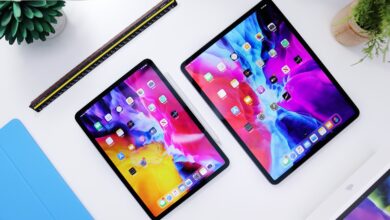Innovations in Web Design: Shaping the Digital Landscape

The digital realm is an ever-evolving landscape, and at the heart of this evolution lies web design. In recent years, web designers have been pushing boundaries and embracing new trends to create visually stunning and user-friendly websites. This article explores the latest developments in web design, highlighting the key trends that are shaping the online experience.
Minimalistic Designs
One noticeable trend in web design is the shift towards minimalism. Designers are embracing clean and clutter-free layouts, prioritizing simplicity and elegance. This approach not only enhances the user experience but also allows for faster loading times, crucial for retaining visitors.
Dark Mode
Dark mode has gained immense popularity, not just in mobile apps but also in web design. This feature not only reduces eye strain but also adds a touch of sophistication to websites. Web designers are now incorporating dark mode options into their designs to cater to user preferences.
Responsive Design
With the increasing use of mobile devices, responsive design remains a cornerstone of web development. Websites must adapt seamlessly to various screen sizes, ensuring a consistent and user-friendly experience across all platforms.
Microinteractions
Microinteractions are subtle animations or design elements that engage users and provide feedback. They can be as simple as a button changing color when hovered over or more complex, like a progress bar. These interactions enhance user engagement and make websites more interactive.
3D Graphics and Illustrations
Advancements in technology have made it easier for designers to incorporate 3D graphics and illustrations into web design. This immersive approach adds depth and realism to websites, creating memorable user experiences.
Voice User Interfaces (VUI)
As voice-controlled devices become more common, web designers are adapting to this trend by integrating voice user interfaces. This allows users to navigate websites and access information using voice commands, making the user experience more intuitive.
Accessibility
Web designers are increasingly focusing on accessibility, ensuring that websites are usable by individuals with disabilities. This includes incorporating features like alt text for images, keyboard navigation, and proper color contrast, making the web more inclusive.
Sustainable Design
In an era of environmental consciousness, sustainable web design is gaining traction. Designers are optimizing websites for energy efficiency, reducing carbon footprints by minimizing unnecessary animations and heavy graphics.
Typography Experimentation
Typography plays a vital role in web design, and designers are pushing boundaries by experimenting with unique fonts and creative text layouts. This adds personality and distinctiveness to websites.
AI-Powered Personalization
Artificial intelligence is revolutionizing web design by enabling personalized user experiences. AI algorithms analyze user behavior and preferences to deliver tailored content and recommendations, increasing user engagement.
In conclusion, web design continues to evolve, driven by innovation and the ever-changing digital landscape. From minimalistic designs to 3D graphics and AI-powered personalization, designers are at the forefront of creating visually appealing and user-centric websites. These trends not only enhance the online experience but also reflect the dynamic nature of the internet. As technology advances, we can expect web design to remain at the forefront of digital transformation.




